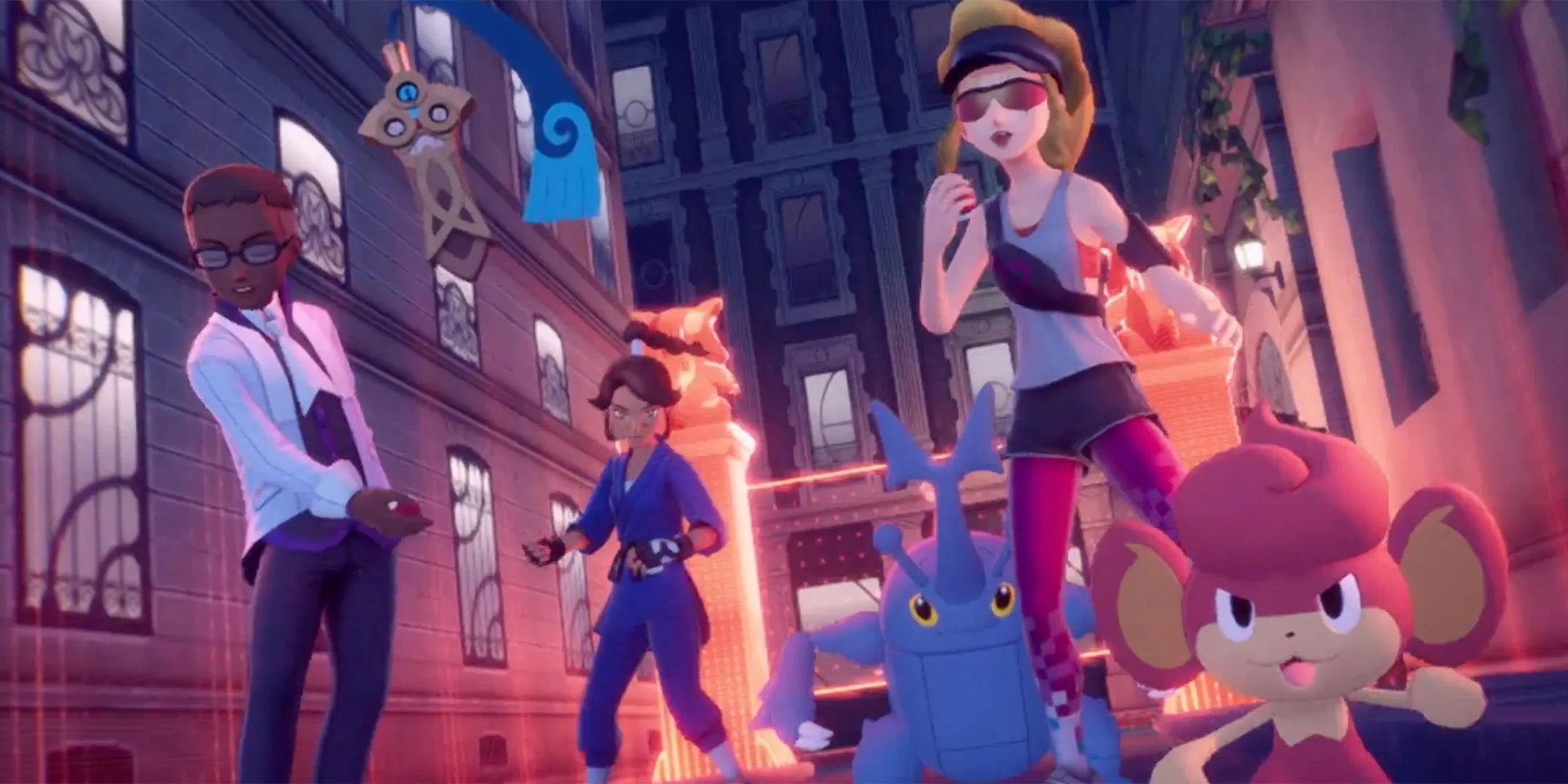Recently, fans have been treated to an in-depth look at Pokémon Legends: Z-A through a series of gameplay trailers, first showcased on February 27 during Pokémon Presents and again on March 27 at the Nintendo Direct. Building upon the foundations laid by Legends: Arceus, this latest installment seeks to enhance combat mechanics, even though it carries certain limitations that have become associated with Game Freak. While the graphics may fall short, especially given the constraints of the Nintendo Switch, it’s evident that such a flagship franchise as Pokémon deserves a more polished visual experience.
One of the standout features of Z-A is the introduction of what appears to be the largest city ever depicted in the Pokémon franchise, effectively reimagining the iconic Lumiose City from Pokémon X & Y with a focus on lore accuracy. However, players should brace for a more confined gameplay experience as the entire adventure unfolds within the Kalos Region’s capital. This setting showcases a vibrant Parisian-inspired urban atmosphere, yet it is balanced by the absence of extensive countryside exploration, which has traditionally been a hallmark of the series. To counteract this limited exploration, the game includes Wild Zones—designated areas where players can encounter and capture wild Pokémon, albeit with some logical inconsistencies.
Pokémon Legends: Z-A’s Wild Zones – A Logical Dilemma
An Urban Hazard
In Pokémon Legends: Z-A, the Wild Zones are portrayed as perilous areas for the average citizen, as highlighted in the Nintendo Direct gameplay overview. The mechanics allow players to dodge attacks from wild Pokémon, which offers an exhilarating twist compared to the traditional turn-based battles. Yet, this heightened danger seems particularly concerning for new trainers, as they navigate a world filled with creatures capable of launching fireballs. This begs the question: is it reasonable to expose young trainers to such risks right at the city’s core?
The concept of Wild Zones mirrors real-world green zones in urban environments, which are essential for fostering wildlife and promoting urban livability. However, the reality in the Pokémon universe involves far more hazardous “animals.”While having canine Pokémon like Arcanine in a residential area poses challenges, the presence of lethal creatures in everyday locations could lead to chaotic situations. Imagine an office worker unwittingly encountering a fierce Pokémon while heading to a local barbershop—it’s a safety concern that could undermine daily life in Lumiose City.
A more plausible approach would have involved placing these Wild Zones in areas designed to emulate natural habitats, resembling zoo-like enclosures rather than haphazardly integrated into bustling city streets. In the promotional materials, the Wild Zones appear randomly situated, raising concerns for pedestrians who might inadvertently cross paths with aggressive Pokémon. Such representations could make life in Lumiose City unnecessarily precarious, especially for those who aren’t prepared for confrontations with creatures like Gogoat.
Lumiose City: A Heightened Threat
Safety Concerns in a Transformed Urban Landscape

Historically, areas such as parks and riverlots could be seamlessly converted into Wild Zones, allowing safe play with adequate warnings. It would have been a logical fit for these zones to emerge on the periphery of Lumiose, where they could flourish among green spaces and infrastructures suitable for Pokémon habitats. Although Lumiose City is encircled by city walls, it is growing and evolving; thus, it would be more realistic for Wild Zones to occupy the transitioning outskirts of the city, away from the daily hustle and bustle.
Constricting the gameplay solely to Lumiose City may streamline the experience for Game Freak, but it also renders the environment treacherously chaotic for everyday residents. While aspiring Pokémon trainers like the game’s protagonists might navigate this world with relative ease, average citizens—such as store clerks and transit workers—would understandably face immense risks in a city teeming with wild Pokémon interactions.
Moreover, a significant number of individuals may live or work in buildings located within Wild Zones. While a low-level Pokémon like Fletchling might not pose a significant threat, imagine the commute hazards associated with larger, fiercer Pokémon like Gyarados exhibiting territorial behavior. This shift towards an urban adventure laden with inherent dangers shifts the Pokémon experience for many, imposing trainer-like challenges on those who seek a more ordinary life.
Reconsidering Wild Zones: A Call for Change
A Case for Expansive Gameplay

Exploration has been a quintessential element of the Pokémon experience—from the bustling cities to the expansive natural landscapes. While Z-A has made impressive strides in recreating Lumiose City’s canonical grandeur, limiting the adventure to a single city arguably restricts players’ exploration opportunities. While the introduction of Wild Zones serves as a workaround, it reflects a compromise rather than a creative solution, failing to enhance the Kalos region adequately.
Furthermore, the Wild Zones’ design could elevate this experience, potentially featuring vibrant environments that mimic natural habitats. If the game confines itself solely to Lumiose City, players might experience a sense of claustrophobia, exacerbated by the unconventional placement of these zones alongside actual civilian spaces—like food stalls—contradicting the logical narrative of the gameplay.
The absence of engaging community interactions creates a disconnect, transforming the city into a playground exclusively for trainers while neglecting its historical role as a vibrant urban hub brimming with shops, cafes, and social spaces. To enhance the integration of Wild Zones into the Lumiose landscape, further development is vital—this could help ensure a more harmonious coexistence between trainers, residents, and wild Pokémon alike, even if confined within the city’s walls.
The release of Legends: Z-A is eagerly anticipated for Fall 2025.
For more details, click here: Source&Images.


